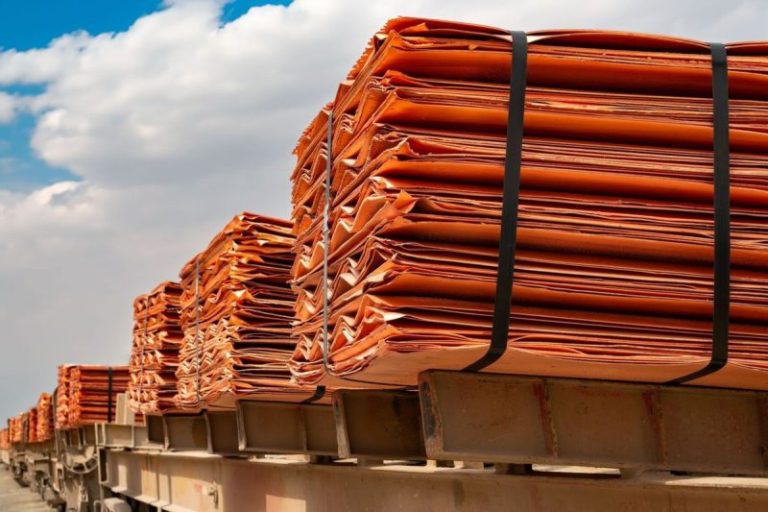Robert Friedland: No Rational Price for Copper as Essentially Infinite Demand Meets Short Supply
In a world where the demand for resources continues to increase rapidly, the mining industry finds itself at a crucial crossroads. One of the key players in this industry, Robert Friedland, has made a bold statement regarding the price of copper, highlighting the complex interplay between demand and supply that shapes the market dynamics. Friedland’s assertion that there is no rational price for copper underscores the challenges faced by those involved in the production and distribution of this essential metal.
Copper is a critical component in various industries, including construction, electronics, and transportation. As the global economy grows and urbanization accelerates, the demand for copper is expected to rise significantly in the coming years. This surge in demand is being driven by factors such as infrastructure development, the transition to renewable energy sources, and the widespread adoption of electric vehicles.
At the same time, the supply of copper is facing constraints due to a variety of factors. Geological challenges, political instability in key producing regions, and environmental regulations are all contributing to a shortfall in copper production. The combination of rising demand and limited supply has created a scenario where copper prices are inherently unpredictable and susceptible to sudden fluctuations.
Robert Friedland’s assessment that there is no rational price for copper resonates with the reality of a market that is grappling with the forces of supply and demand. The traditional models of pricing, based on historical trends and production costs, may no longer be sufficient to capture the complexity of the current copper market. As Friedland suggests, the interplay between infinite demand and short supply creates a situation where the pricing of copper is inherently irrational and volatile.
In this context, stakeholders in the copper industry are faced with a daunting challenge. Producers must navigate the uncertainties of the market while investing in new technologies and sustainable practices to meet the growing demand for copper. Consumers, on the other hand, must adapt to a market where price fluctuations are the norm rather than the exception.
Ultimately, Robert Friedland’s provocative statement serves as a reminder of the complexities that underpin the global copper market. The juxtaposition of infinite demand and short supply highlights the inherent uncertainty facing the industry and underscores the need for innovative approaches to address these challenges. As the world continues to evolve, the future of copper pricing remains uncertain, demanding a new paradigm that can adapt to the dynamic forces shaping the industry.



